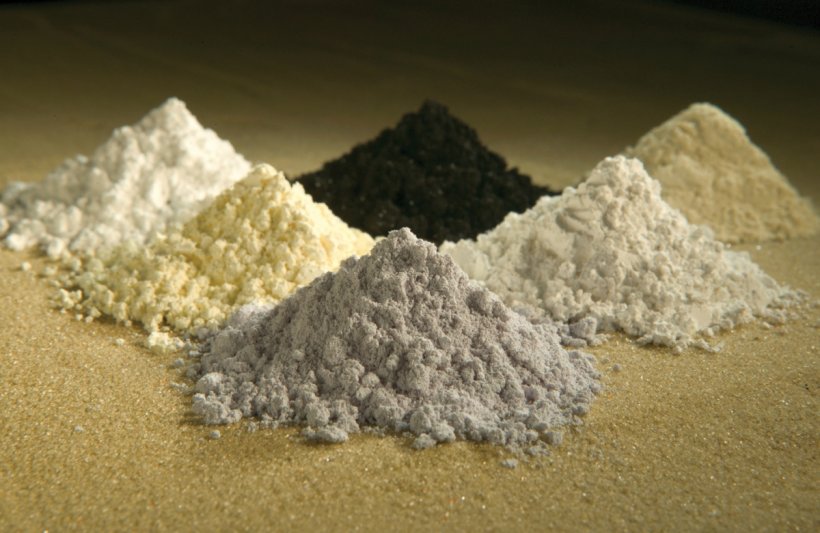Critical Minerals, Zero-Carbon
December 12, 2023

Modern technology requires critical minerals, such as lithium, nickel and cobalt. But conventional ways of getting these minerals create significant amounts of carbon dioxide (CO2) emissions.
A new mining technology being pioneered by researchers at the Bureau of Economic Geology is looking to put those emissions to use by turning the CO2 into a tool to weaken rock containing critical minerals, reducing the energy needed to mine them. What’s more, the ultimate goal is for the emissions to be safely stored in the rock, creating carbon neutral or even carbon negative mining operations as emissions from other operations are piped in and stored.
“If you can capture what is produced at the mine, then you can come up with a low-emission operation, which is good, but we want to use the CO2-reducing properties of ultramafic rocks to help eliminate even more CO2,” said Esti Ukar, a research scientist at the bureau.
Ukar is leading a team of scientists that is working to perfect the mining technology, which is supported by a $5 million grant from the U.S. Department of Energy Advanced Research Projects Agency-Energy.
The method works by taking advantage of chemical reactions between CO2 and ultramafic rocks, which typically contain critical minerals. When the CO2 reacts with the rock, it breaks it up, making the minerals easier and less energy intensive to mine. This reaction also incorporates CO2 into the mineral structure of the ultramafic rock, storing the emissions permanently.
The researchers plan on refining the mining method in the lab for two years before trying a full-scale field test in partnership with Canada Nickel Company. The field test is planned to take place in one of 20 newly discovered ore bodies near the U.S.-Canada border that are forecast to be an important new source of critical minerals in North America.
Learn more in a Q&A with Ukar.
Back to the Newsletter